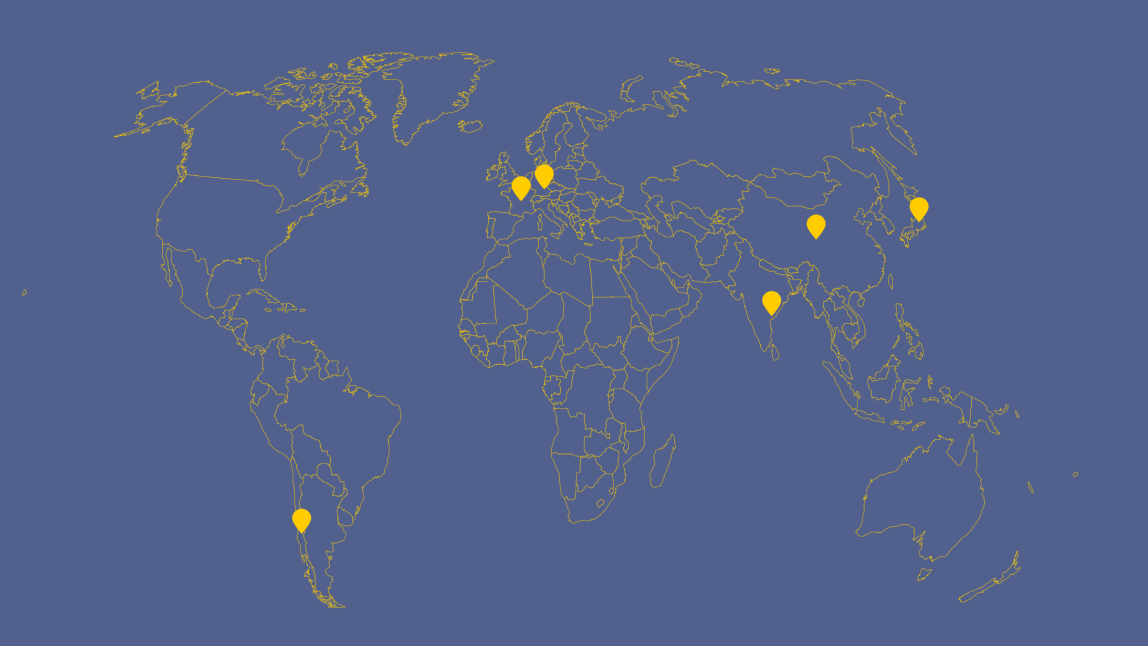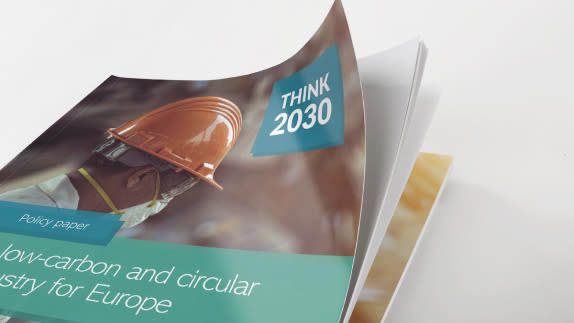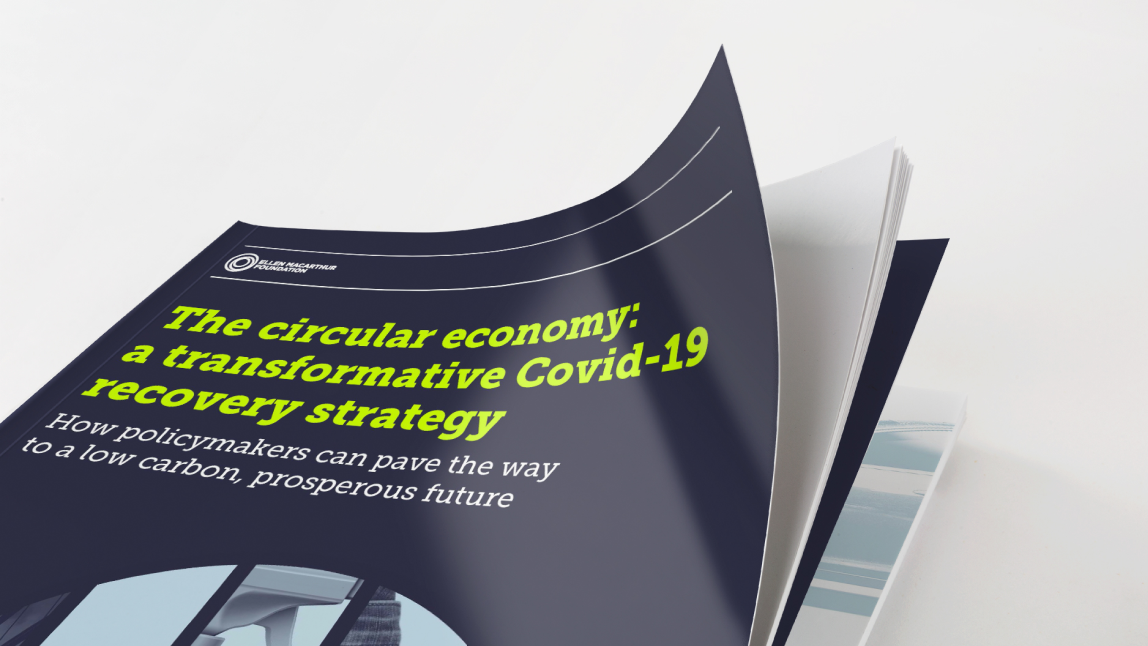Institutions, governments and cities play a crucial role in creating and enabling conditions for a circular economy to emerge and thrive. They set direction and they are drivers of innovation and investment.
The circular economycircular economyA systems solution framework that tackles global challenges like climate change, biodiversity loss, waste, and pollution. It is based on three principles, driven by design: eliminate waste and pollution, circulate products and materials (at their highest value), and regenerate nature. provides a framework for governments and cities to realise many of their economic, environmental, and societal ambitions. Many different policy levers can be applied to accelerate the transition - from product policies that incentivise design for circularity, to laws aimed at restoring ecosystems and bringing biodiversity back into urban environments.
The Universal Circular Economy Policy Goals
The circular economy offers opportunities for better growth, through an economic model that is resilient, distributed, diverse, and inclusive. It tackles the root causes of global challenges, such as climate change, biodiversity loss, and pollution, by eliminating waste and pollution, circulating products and materials, and regenerating nature.
As governments and industries around the globe move towards a circular economy, it’s important to align ambitions and establish a common direction of travel.
The Ellen MacArthur Foundation has set out five universal circular economy policy goals that provide a framework for national governments, cities, and businesses to accelerate the transition. The goals provide a blueprint – to make them effective, we need to work together across the private and public sectors.












